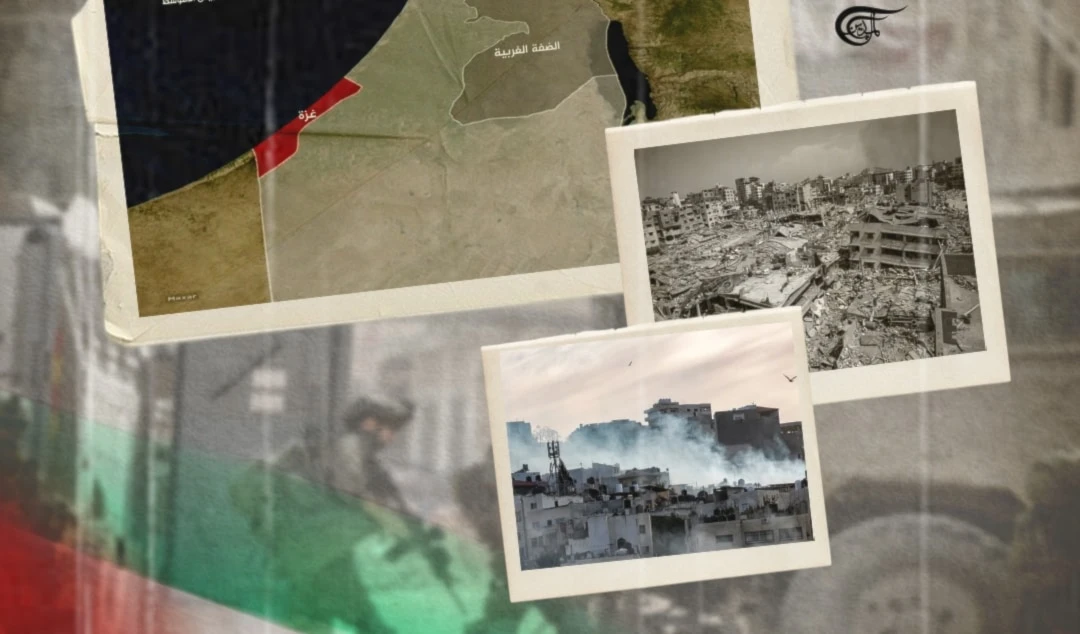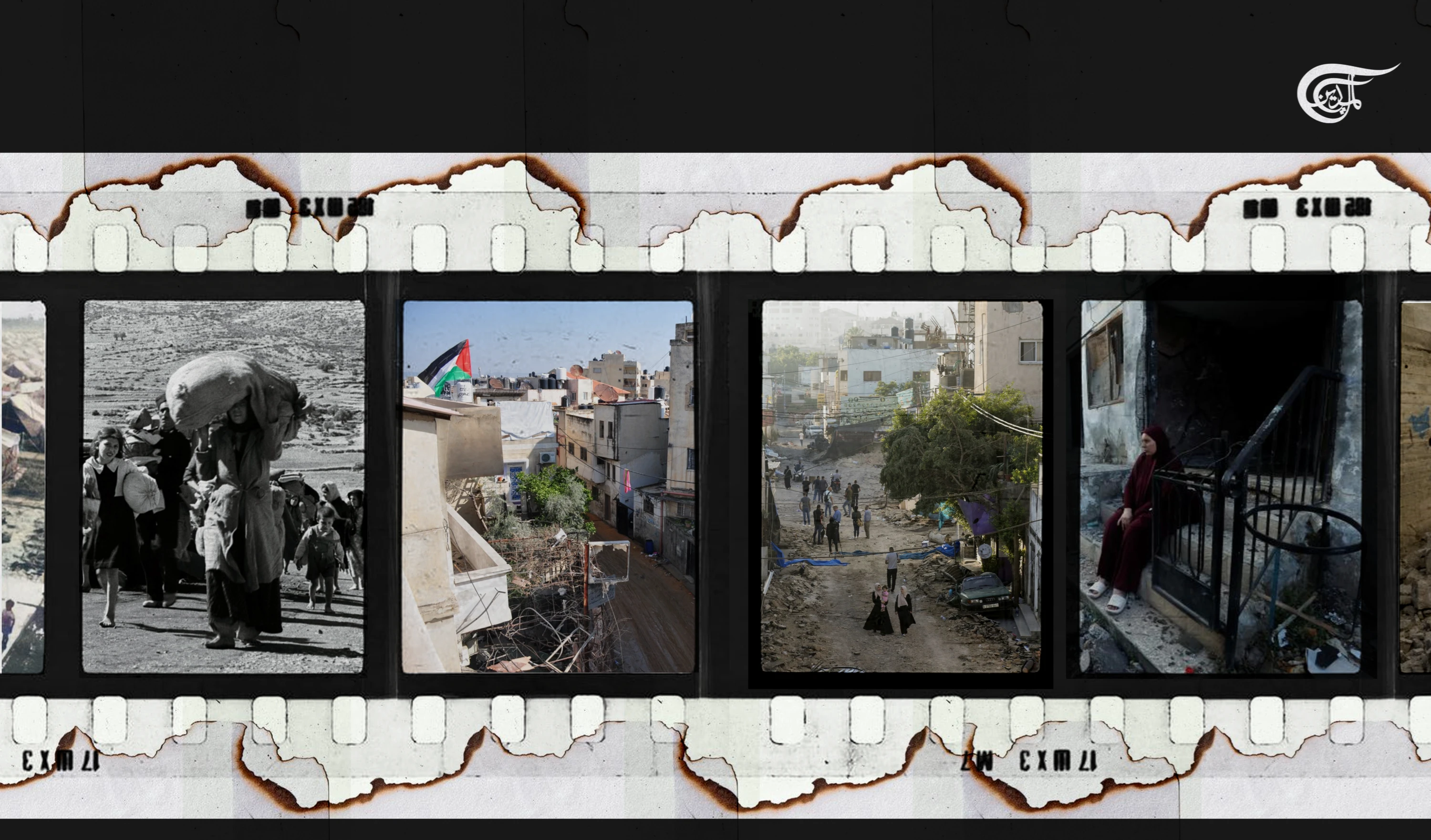The Jenin Brigades Fought A Battle That Will Inspire More West Bank Resistance
Around two weeks prior to the attack, the Jenin Brigades had managed to pull off a successful ambush against invading Israeli military vehicles, using explosive devices to injure at least 7 soldiers.
-

What the “Tel Aviv” attack suggested is that the entire premise for the Israeli military’s assault on Jenin was incorrect
The Zionist regime’s military operation inside Jenin was the largest since 2002, but failed to put a dent on the Jenin Brigades. Instead of destroying the morale of the people inside the Jenin Refugee Camp and throughout occupied Palestine, the very opposite occurred, granting the resistance fighters a major defensive victory against one of the best supplied forces in the Middle East.
When Israeli Prime Minister Benjamin Netanyahu made the call, along with his minister of war Yoav Gallant, to launch a military operation against Jenin, it quickly became clear that there were no clear objectives to the fight for them. On Sunday night, a shock series of airstrikes rained down on buildings in the city and refugee camp of Jenin, killing a number of Palestinians. Then, a large ground force, consisting of thousands of soldiers, was used by the occupation army to storm the area. They were confronted by a number of gun battles with resistance fighters and were targeted with improvised explosive devices.
The Zionist forces utilized fighter jets, drones, and Apache helicopters in the air, they also sent in their elite special forces and utilized anti-tank weaponry, in addition to tanks and other types of military vehicles. On the opposing side, the Jenin Brigades were armed with light weapons, namely semi-automatic machine guns, and locally made explosives.
Despite the overwhelming military advantages on paper, the Israeli occupation army was not able to penetrate into the center of the Jenin Refugee Camp, and its numerous attempts to do so were repelled. It also failed to arrest or kill any top leaders in the resistance forces of Jenin, failing to capture any significant caches of weaponry, only confiscating a handful of guns and some explosives; many of which were not yet developed and ready to work. There were no significant intelligence victories, as the occupation forces only managed to storm areas known to the general public to be in use by the resistance forces, with the only main takeaway that there were tunnels that were recently dug in the camp.
What Did The Zionist Entity Hope To Achieve And Why?
From monitoring the statements that were produced by the regime’s Prime Minister and its military spokespeople, it seems as if there was a general goal of weakening what they call the “home of terror” and destroying the morale of the people inside Jenin. These propagandistic statements are congruent with the reality their forces created on the ground, whereby the Israeli forces destroyed many of the roads, water piping and the electrical systems inside the camp. Anadolu Agency news reported that 80% of the homes in Jenin refugee camp were damaged.
Thousands of Palestinian refugees were forced to flee the Jenin Refugee Camp, seeking shelter in nearby UN facilities and in some cases were in the streets for hours without any place to hide. 300 homes were completely destroyed by Israeli airstrikes, shoulder-mounted missiles, and gunfire. The Ibn Sina hospital was also raided, while a small group of journalists who had managed to enter the refugee camp, at the start of the Israeli attack, had their cameras shot and destroyed.
Only 8 Palestinian resistance fighters were martyred in the two-day battle, all from the Quds Brigades of Palestinian Islamic Jihad (PIJ). What is interesting to note is that the Jenin Brigades are composed almost entirely of young people between the ages of 17-24, which is what we saw reflected in the age range of the fighters who were killed. One of the fighters that were claimed by the Jenin Brigades was Nur al-Din Hussam Marshoud, a 16 year old, while three others were 17 years old, and two others were 18 and 19 years old, with the oldest martyred fighter being only 21 years old. The other four killed during the battle in Jenin were civilians.
When the occupation army initiated its attack, it likely sought to achieve a few trophy-worthy moments to parade around in its media. We saw a lot of carefully selected video footage, of airstrikes and shoulder-mounted missile fire, in addition to gun fire exchanges, shared by the occupation army to the Israeli media. There were also claims produced about the capture of over 1000 weapons, which they documented and also sent to their media for publishing. Most of the “weapons” captured were gas canisters that had not yet been developed into explosives.
Around two weeks prior to the attack, the Jenin Brigades had managed to pull off a successful ambush against invading Israeli military vehicles, using explosive devices to injure at least 7 soldiers. The following day, a Hamas-affiliated armed cell, of two fighters, attacked and killed four Israeli illegal settlers at the entrance to the “Eli” settlement. This prompted a security meeting between Zionist officials regarding a response, something that Benjamin Netanyahu’s extremist ministers - like Bezalel Smotrich and Itamar Ben Gvir - were calling on the regime for, along with groups of settlers in the occupied West Bank.
The Israeli focus had quickly become the armed groups making up the Jenin Brigades, with widespread calls from within the Zionist regime and its public, to launch a military operation replicating the 2002 “Operation Defensive Shield”, an attack that had resulted in the murder of around 500 Palestinians and the disbandment of the resistance enclaves back in the Second Intifada. Initially, both Netanyahu and his war minister, Yoav Gallant, refused to sign off on an invasion of the northern West Bank. It seems that instead, Sunday’s onslaught was seen as a safer option with less possible repercussions.
What went into the Israeli Premier’s decision to launch an attack on Jenin in this way? There may have been a few factors at play; including the mounting pressure to act against the Jenin Brigades who have been growing in strength over the past month, and the desire to inflict a blow that would slow down the growth of the groups but not cause significant blow-back, and there may also have been the belief that the Lion’s Den armed group in the Old City of Nablus has gone quiet, with many of its fighters handing themselves in to the Palestinian Authority security services. The last consideration is important because it shows that the threat level from Nablus is at least appearing to be less right now, this is despite the Lion’s Den not actually suffering a severe blow and simply becoming more quiet than usual over a span of a few months, something that could quickly change.
The achievements of the resistance in Jenin were plentiful. To begin with, the Zionist regime admits that Captain David Yehuda Yitzhak, of the Egoz special forces unit, was successfully eliminated by the Jenin Brigades; video and photographic evidence also suggests that at least four Israeli soldiers were killed, despite a refusal to acknowledge this from the Israeli military. A number of graphic photos emerged, showing injuries inflicted by gunfire on Israeli soldiers, while injuries were admitted by the occupation army, due to the use of explosive devices against military vehicles. It has not been confirmed as to how many vehicles were damaged by explosives, however, video and photographic evidence suggest that numerous vehicles were put out of service and/or were struck by large explosions.
Then there are the additional achievements, like thwarting Israeli attempts to penetrate deep into Jenin Refugee Camp, engaging in close-quarters combat and managing to force Israeli soldiers to withdraw, and managing to keep the casualty rate among resistance fighters relatively low. Even for journalists who have been following the Jenin Brigades closely over the past years, the battle that they conducted was extremely surprising, especially considering the lack of access to advanced weaponry and the limited training experience of many of the fighters. On Monday night, when thousands of refugees fled the Jenin camp, everyone expected the worst, with a leader of the Jenin Brigades even recording a message to pre-empt his death and the martyrdom of his fellow fighters. Instead of suffering a massacre, the resistance forces came out with a historic victory, having inflicted losses on a militarily superior force and surviving an attempt to crush them.
The Nasser Salahudeen Brigades also announced the beginning of their military actions inside the West Bank, during the Jenin battle. The Salahudeen brigades had been present earlier this year in a military parade that was held by the Jenin Brigades, but since then remained silent. The Salahudeen brigades are the third strongest armed group inside the Gaza Strip and their participation in the fight against the Zionist occupation forces in the West Bank represents yet another issue for the Israeli military. On top of all of this, revenge attacks were carried out in Hawara against Israeli soldiers, there were also shootings in al-Khalil, near Aqbat Jabr refugee camp, at the Qalandia checkpoint, and towards the Beit El settlement near al-Bireh. Most prominent of all was the “Tel Aviv” car ramming and stabbing attack, carried out by a Hamas member for al-Khalil.
What the “Tel Aviv” attack suggested is that the entire premise for the Israeli military’s assault on Jenin was incorrect. The Zionist Entity’s propaganda line was that it was preventing attacks on “Tel Aviv” by going after the Jenin Brigades when their attack on Jenin only created more revenge attacks and demonstrated that such lone-wolf operations have nothing to do with the armed groups, or at least have not been planned by them. The armed groups inside the West Bank, with the possible exception of the Lion Den group, are almost completely defensive and operate only inside their own areas. As for the idea that the occupation army’s attack would destroy the spirits of the people of Jenin, the very opposite has occurred.

 Robert Inlakesh
Robert Inlakesh
 9 Min Read
9 Min Read











